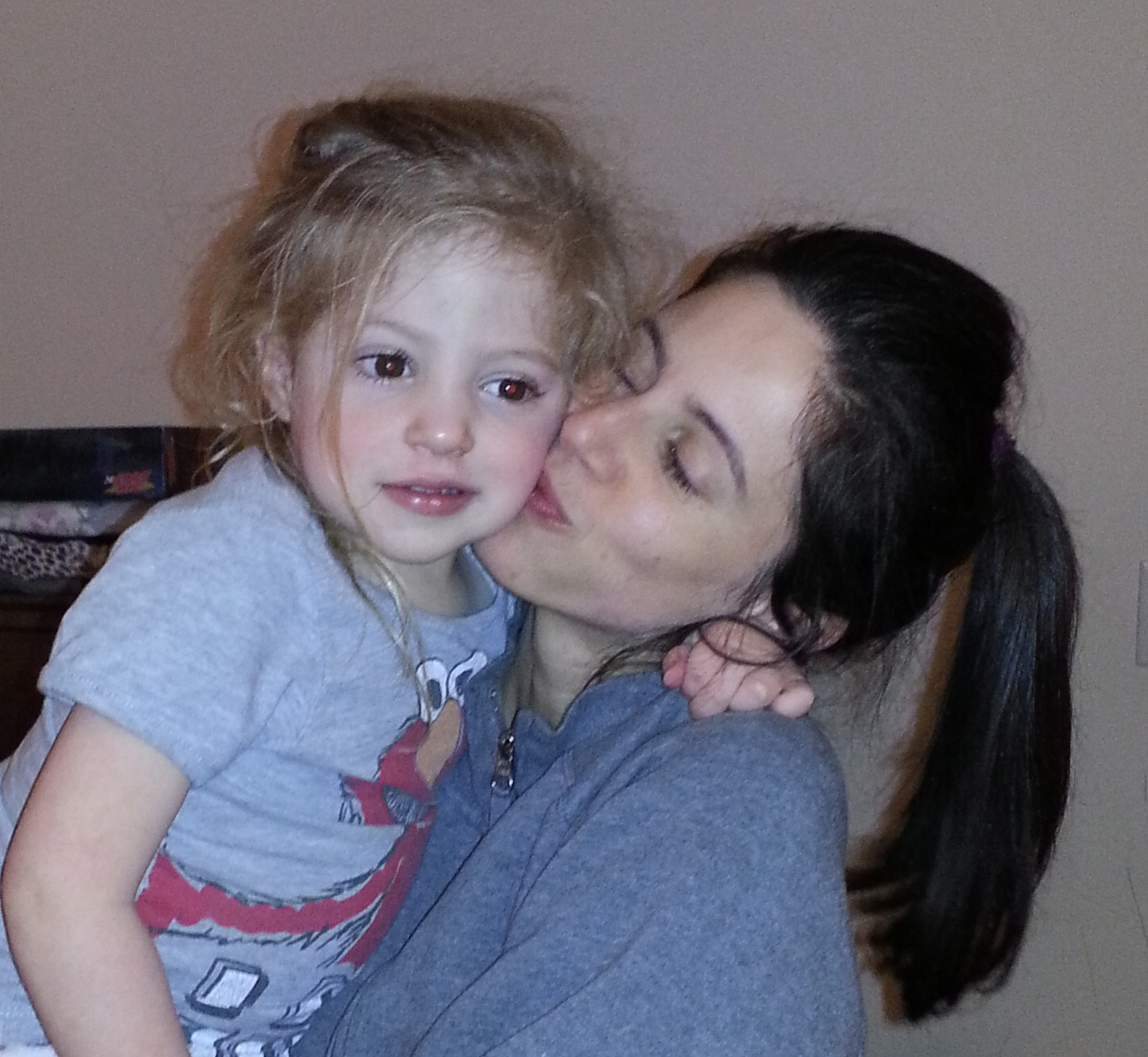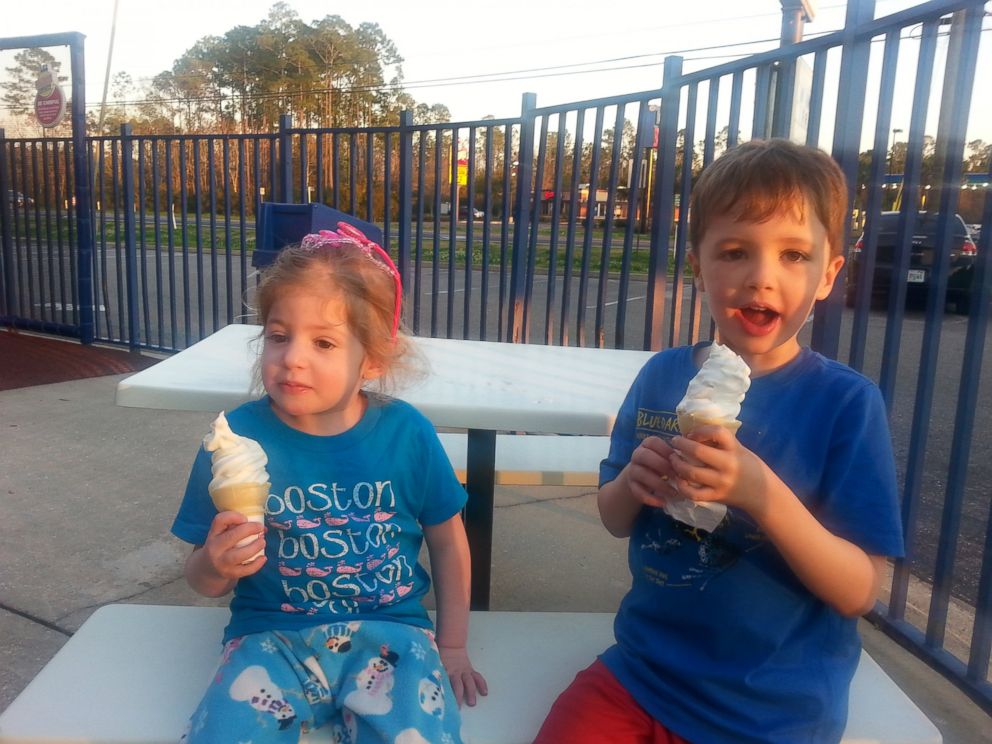Family Races to Fund Cure for Daughter's Deadly Disease
Desperate to save his daughter, one dad googled "how to make a viral video."
April 8, 2014— -- When 4-year-old Eliza O’Neill has a bad night’s sleep or stutters, her parents try not to panic.
Is it normal kid stuff or is it the first sign that Eliza is about to start the downward spiral of her terminal genetic disease?
“We watch every little thing,” her mother, Dr. Cara O’Neill, told ABCNews.com.
Eliza was diagnosed in July with Sanfilippo syndrome, a genetic disorder that means she lacks an enzyme to break down heparin sulfate, which naturally occurs in cells, causing it to build up over time. This buildup renders cells unable to function properly and can affect everything from sleep to speech to movement.
“It’s headed toward suffering,” her father, Glenn O’Neill, of Columbia, South Carolina, said in a fundraising video for Sanfilippo research. “It’s headed toward pain for her and as a father, you want to protect your children.”

The disease affects about 1 in 70,000 live births, said Doug McCarty, a researcher at Nationwide Children’s hospital in Columbus, Ohio, who has been working on a cure with his colleague, Haiyan Fu.
Eliza’s mother, a pediatrician, never dreamed that Eliza would have the rare disorder she studied in medical school. She only decided to test Eliza for it because a former colleague suggested simply ruling out Sanfilippo. They thought her delayed speech was more likely a sign Eliza had a mild form of autism.
“And it was positive,” Cara O’Neill told ABCNews.com. “It was a shock.”
Her husband wasn’t at the doctor’s appointment when Cara O’Neill received the bad news about Eliza’s diagnosis.
“Having heard about the syndrome before through my medical training, I mean I just, that sinking, just pit of your stomach, like, this is really bad,” she says in the fundraising video on the verge of tears. “This is really bad.”
Even though Eliza has the most severe form of Sanfilippo syndrome -- type A -- it’s hard to imagine that the little girl isn’t expected to live far into her teens. She prefers to run rather than walk, bobbing along in a pair of pink sneakers with her long blond hair swooshing behind her. She even plays soccer.
But soon, her parents say, Eliza will lose the ability to speak. She turns 5 in November and all of the children the O’Neills know with this syndrome have stopped speaking at around four and a half.

After that, she’ll lose the ability to walk and develop seizures. Most children with Sanfilippo type A don’t live far into their teens.
The O’Neills know it’s a long shot, but they hope McCarty and Fu will find a cure before the end of the year. McCarty and Fu have been working on a cure for about 16 years and have found a gene therapy treatment that works in mice, but they’ve never tried it in a human.
But setting up a clinical trial takes money they don’t have.
That’s where the O’Neills and other Sanfilippo parents come in.
If everything goes according to plan, the first human trial will begin in either late 2014 or early 2015, McCarty said. Six children with Sanfilippo type B and nine children with Sanfilippo type A will get injected with a virus that serves as a vector to deliver new genetic material to their cells, hopefully allowing them to make the enzyme they so desperately need.
“We don’t want the patient families to have unrealistic expectations,” researcher Fu said. “We don’t want to say it’s a cure now because it isn’t a cure until after the trial.”
The O’Neills, who also have a 7-year-old son, aren’t the first family to raise funds for the disease. “A Cure for Kirby” and “Ben’s Dream” are the nicknames for two other Sanfilippo foundations set up by families to raise money toward a cure. Ben Siedman died earlier this year just shy of his 18th birthday. Kirby Wilson is in her early 20s, but wheelchair bound and unable to speak.
“We’re right on the cusp,” Glenn O’Neill told ABCNews.com, adding that he tries not to let his mind drift to a future where Eliza is disabled. “It’s so hard to think that anything like this is going to happen.”
Getting choked up, he said instead he tries to think about Eliza’s sitting in a chair while doctors administer the gene therapy that cures her.




